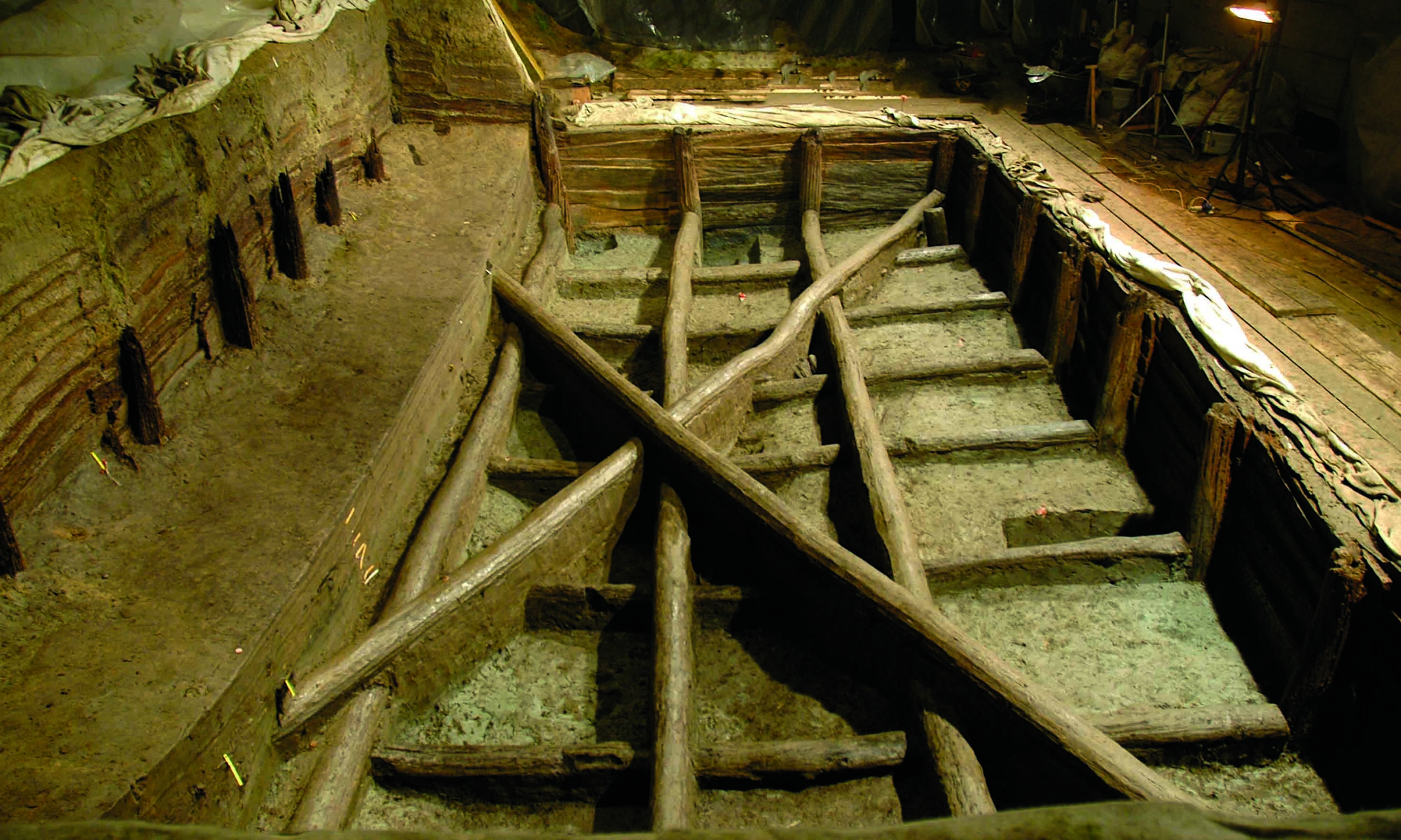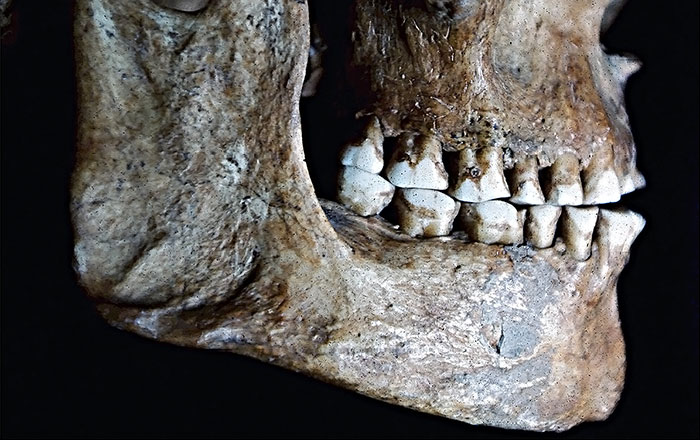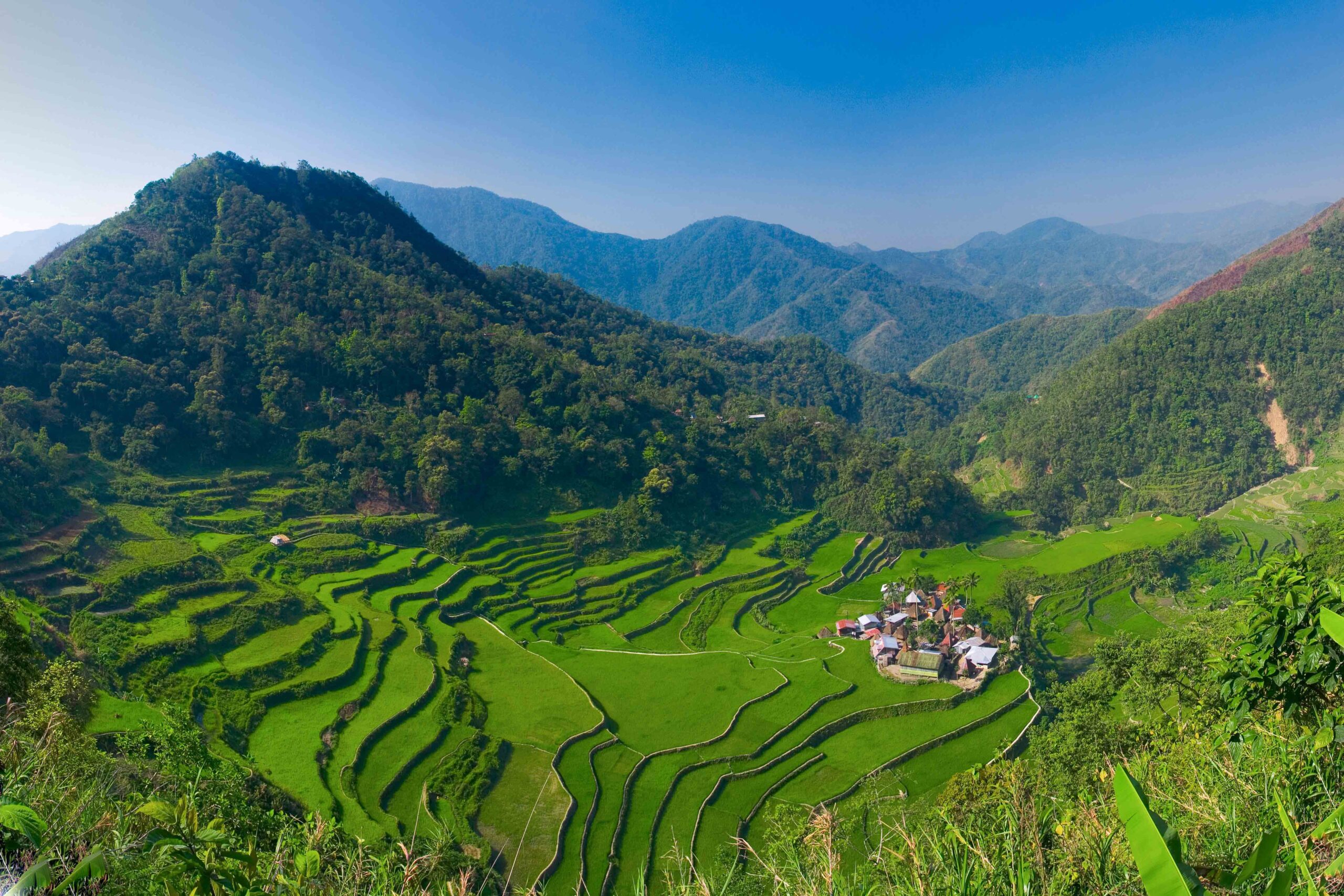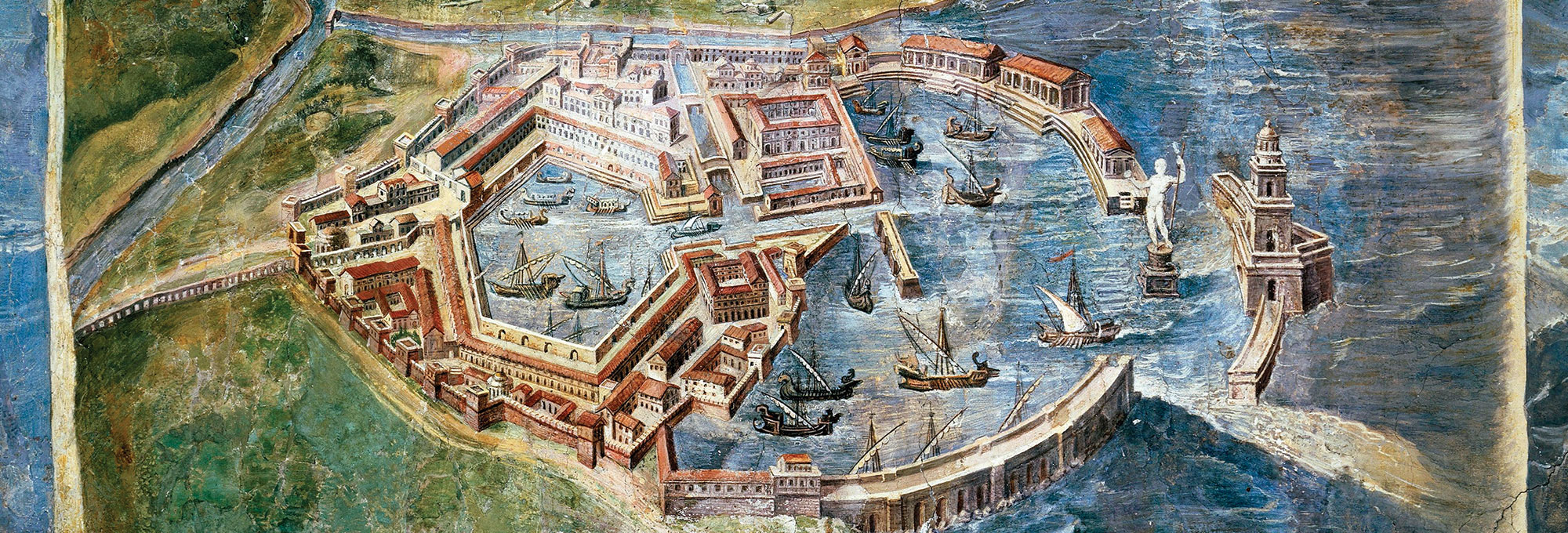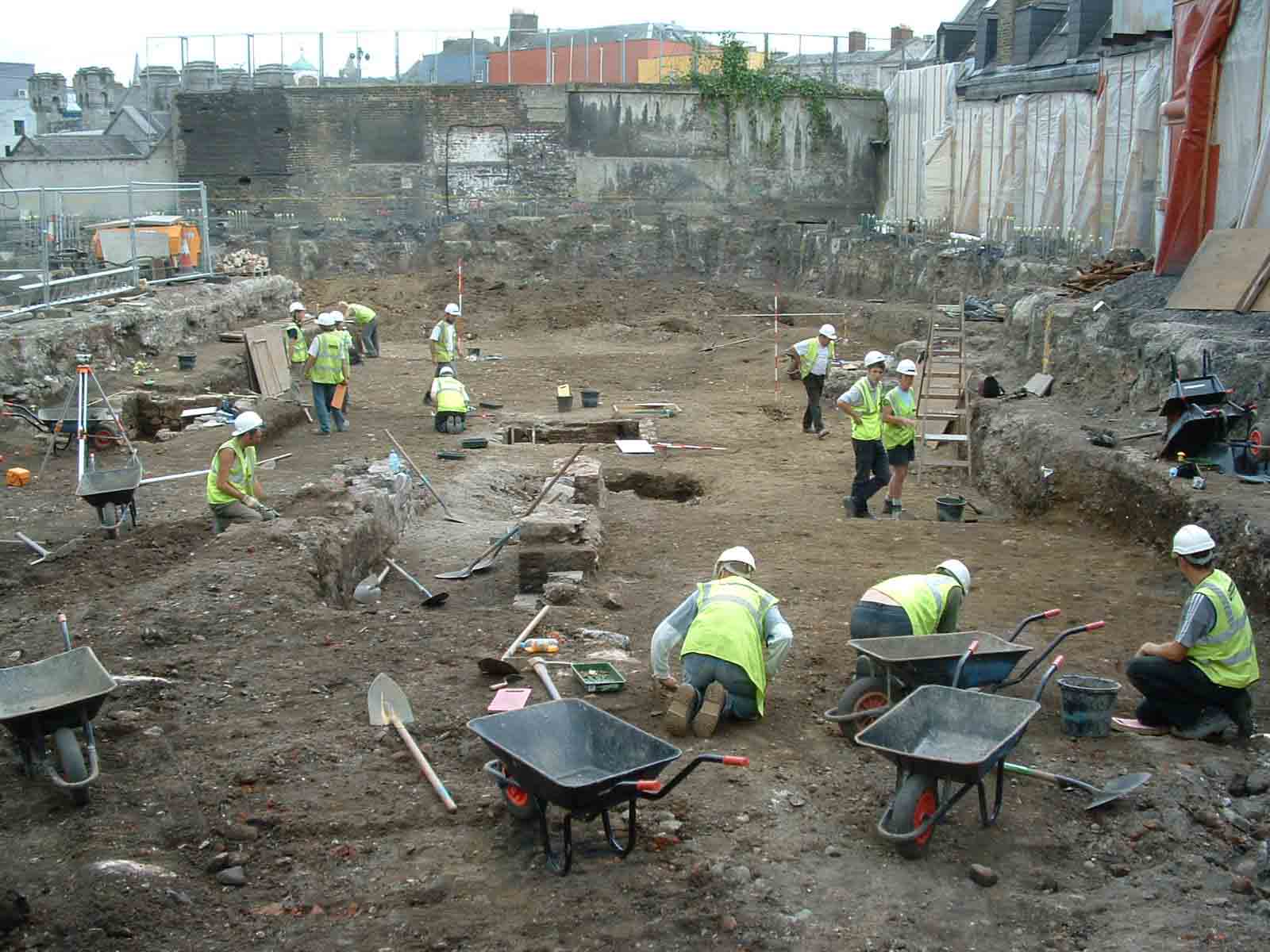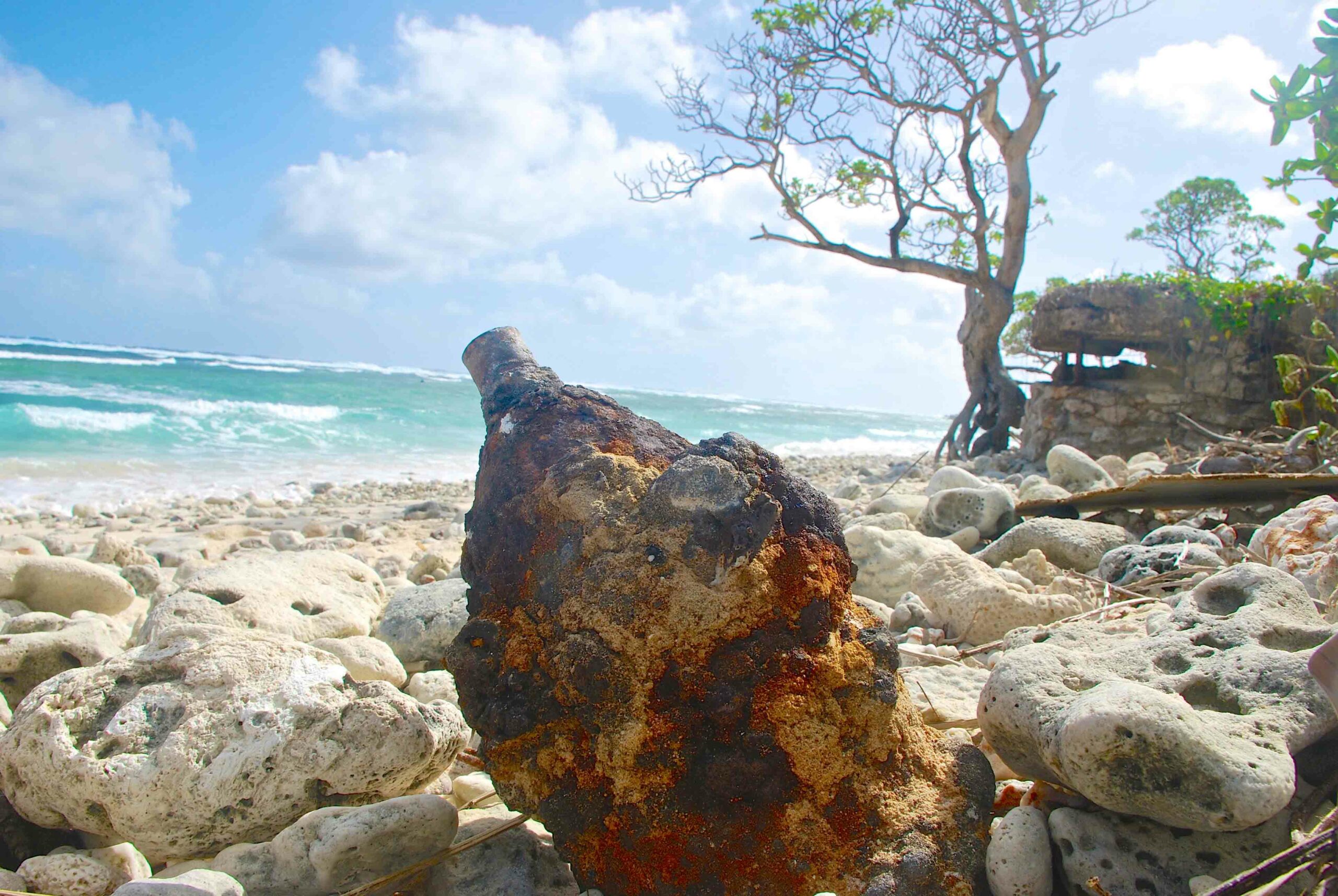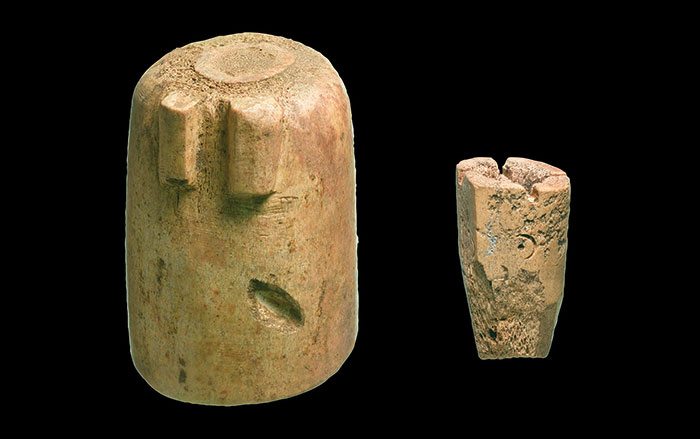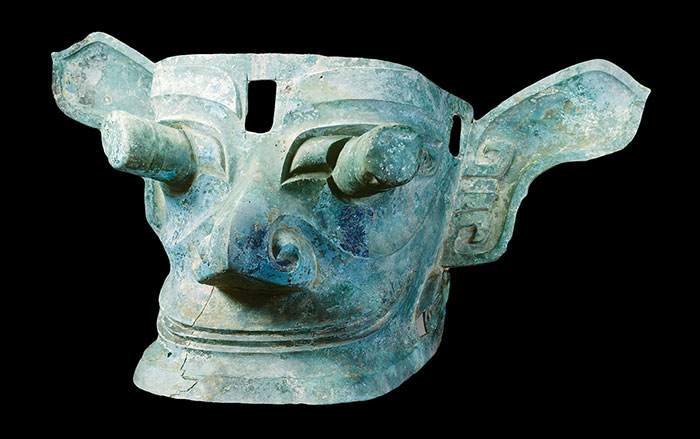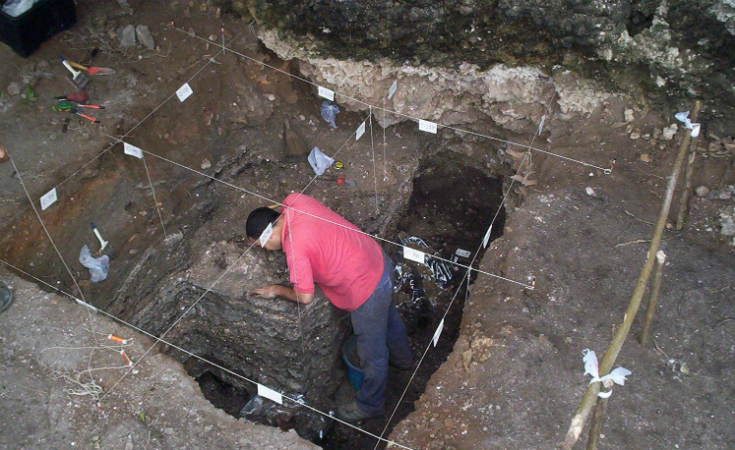
WINNIPEG, CANADA—Information collected by a team of Cuban and Canadian scientists from starch grains in dental calculus and the isotopes in bone collagen demonstrates that the people who lived at the site of Canímar Abajo in Cuba processed and ate common bean, sweet potato, and a highly toxic plant called zamia that needs special treatment prior to consumption as early as 1000 B.C., or 1,500 years earlier than previously thought. “This unequivocal evidence of domestic plant consumption will serve to dispel the notion that indigenous Cubans from that time period were fisher-gatherers with no knowledge of agriculture and cultivated plants,” Rodríguez Suarez of the University of Havana said in a press release. “Canímar Abajo is just beginning to produce surprises that challenge the archaeological paradigm for the region,” added David Smith of the University of Toronto (Mississauga). To read in-depth about another Caribbean find, see "Pirates of the Original Panama Canal."



